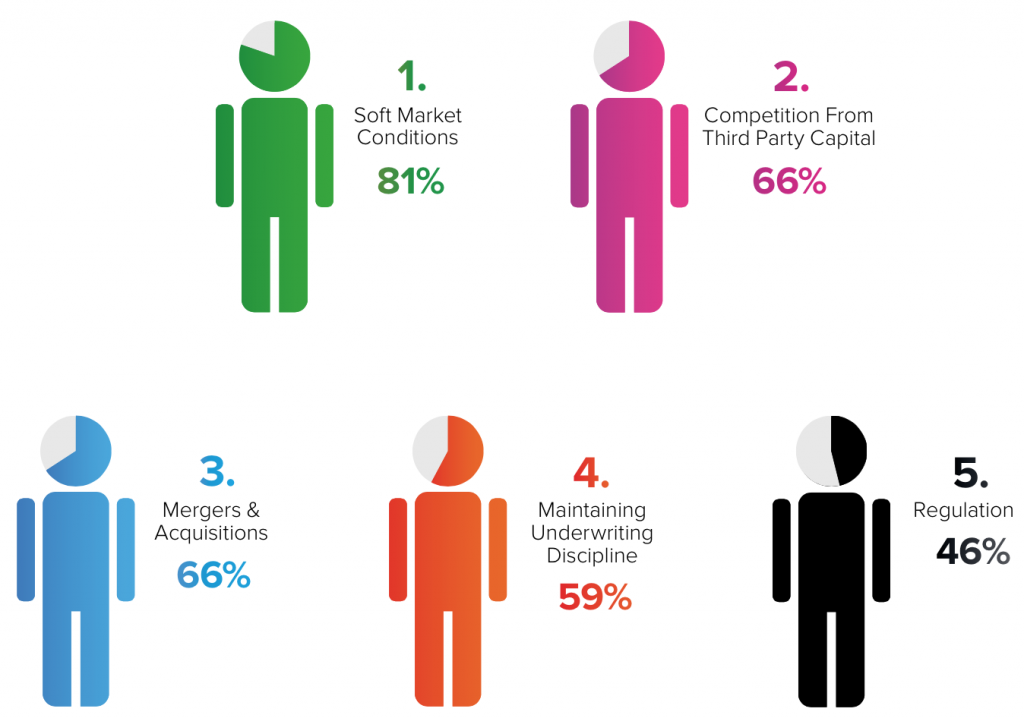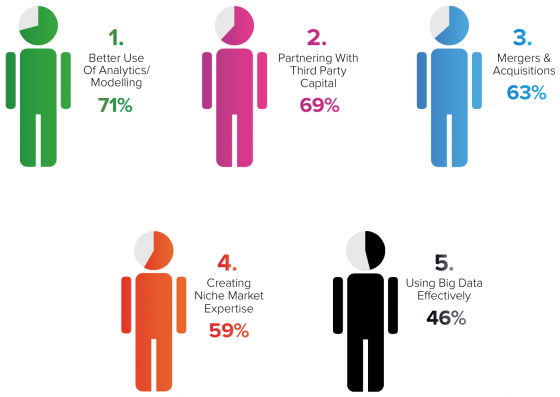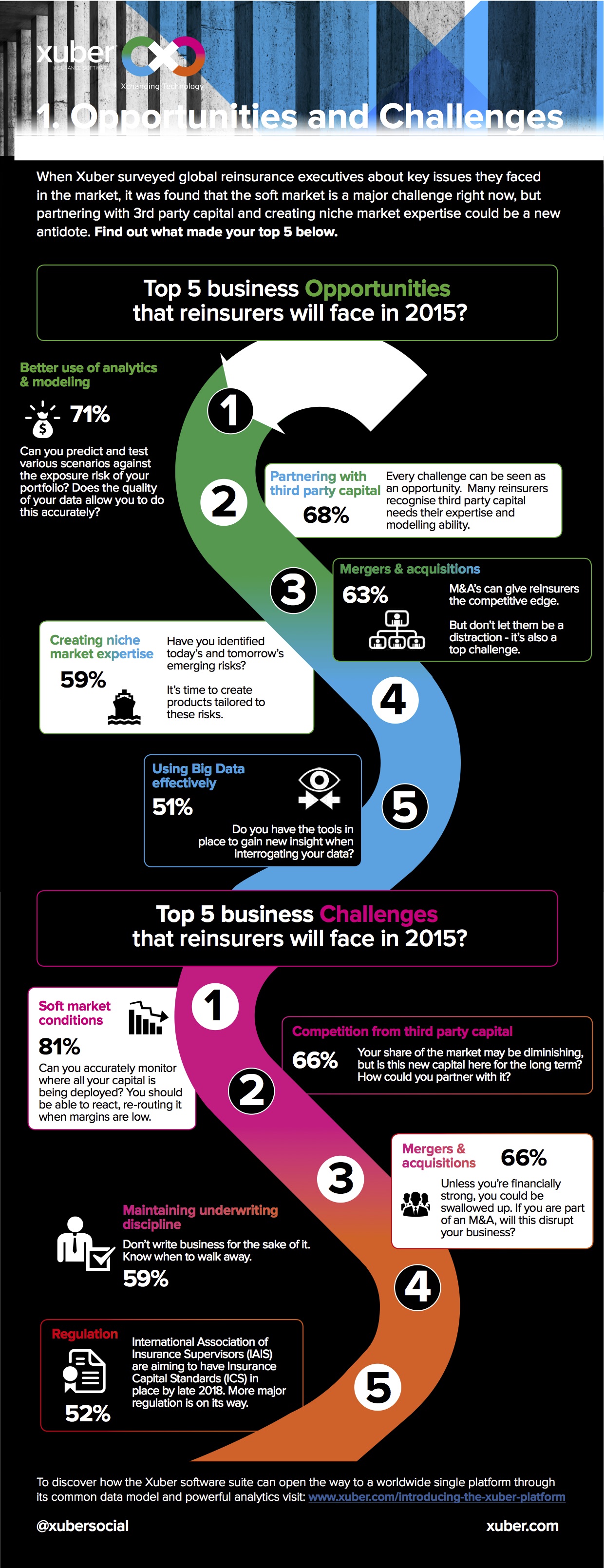
During my 36 years in the marine insurance industry, one of the most common issues has been failure to properly integrate acquisitions into cargo logistics insurance programs—which can result in gaps in cargo insurance coverage. Old habits die hard, however, and this is particularly true in logistics operations.
When an organization acquires a new company, there is a choice. The buyer can allow the acquisition to continue to operate independent of its logistics program (rarely is cargo insurance left independent) or fully integrate them into the buyer’s logistics and cargo insurance programs. The most common occurrence is full integration into the buyer’s logistics and cargo insurance programs for cost savings and continuity.
If the independent logistics option is chosen for the acquisition, it is still critical to perform a detailed gap analysis of the logistics SOPs (Standard Operating Procedures) used by the acquisition to assure their program does not present unique exposures not currently considered or addressed in the buyer’s program. The most objective and effective gap analysis should be performed by an outside consultant working with the buyer’s designated logistics representative.
A risk management representative is not required but may wish to attend. The consultant must have extensive experience in logistics audits as well as a clear understanding of implications of the terms and conditions of the cargo policy. This team will create a gap analysis report that details variances from best practices and the key drivers in the buyer’s logistics program that are critical to the marine cargo insurance program. This also allows the buyer’s cargo program to be adjusted for any unique requirements of coverage by the acquisition to assure there are no coverage gaps.
Importance of SOPs
It is worth a moment to address SOPs for logistics and security for shipping and storing goods in the due course of transit. Formal SOPs are critical to assure compliance, and proper measurement of compliance. SOPs also provide continuity of logistics’ programs so learned processes and shipping lane specific issues are not lost when there is a change in personnel.
In instances when the buyer decides for full integration, the process is much the same as described above for the independence option for logistics by the acquisition. The most important difference is that the gap analysis details the variances between the acquisition and the buyer’s logistics program SOPs and rates the findings into levels of importance for timely adoption; critical, second tier and third tier variances. The critical issues require adoption as soon as possible while the other variances can be corrected over the course of time.
It is important to complete a followup audit(s). If there are critical issues, a followup audit might be completed after the buyer has been advised that the critical variances have been finalized, to independently confirm compliance has been obtained if deemed appropriate. Regardless, a one-year audit is recommended to examine all the variances in the gap analysis to determine the level of compliance to correct all originally identified variances.
Again, old habits and processes die hard. You will often hear, “We always did it this way.” It is important during the gap analysis to integrate local issues required as needed, as long as it does not compromise the goal of the SOP.
The integrations, especially acquired foreign companies, can be difficult, involving politics by other units of both companies outside of the logistics, security and risk management units. It is critical that senior management of both the buyer and the acquisition company have “full buy-in” on the integration process to overcome the political infighting that can develop.
The best analogy of this process would be a chess game—complex and variable with many moving, interrelated parts.




